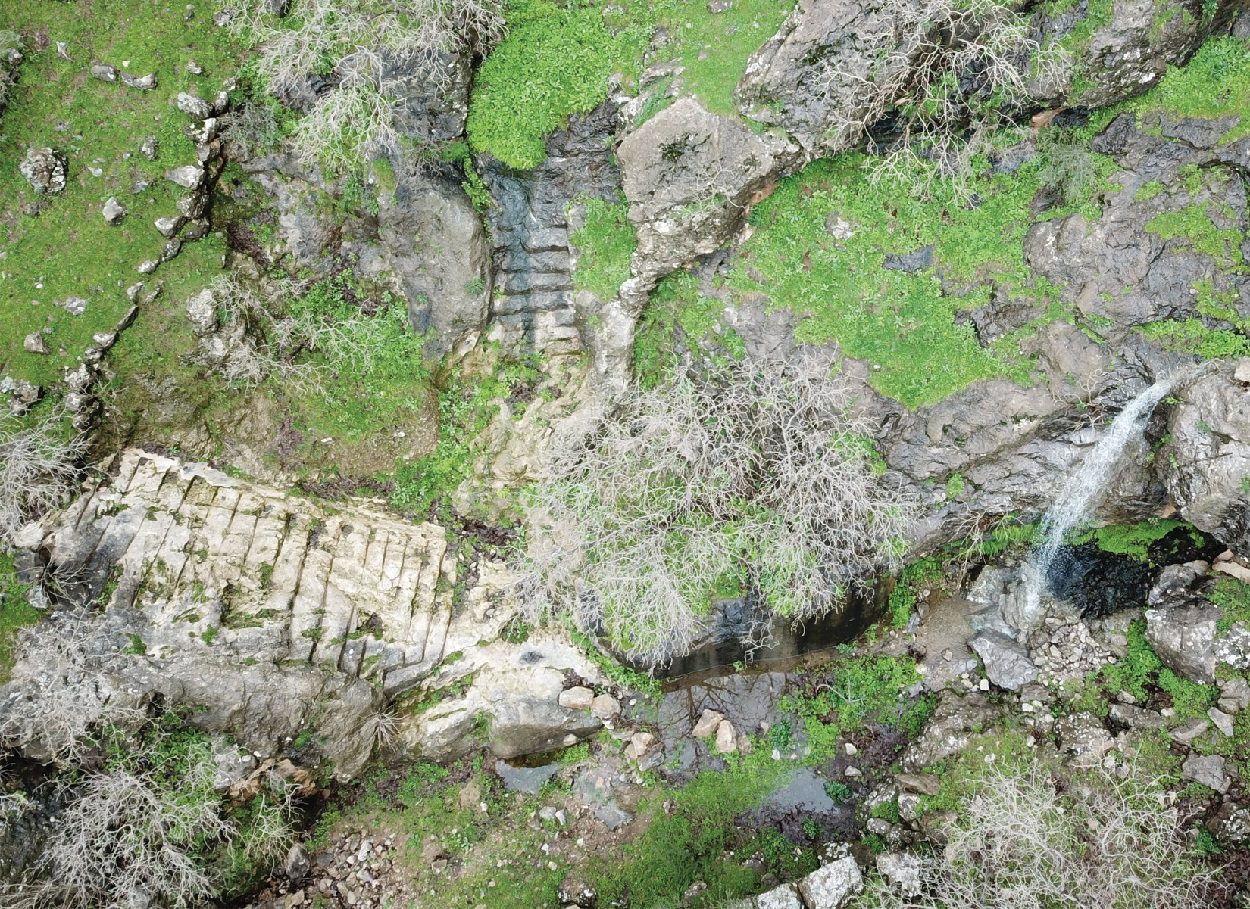Archaeologists excavating the mountain fortress of Rabana-merquly suggest that it may have also served as a sanctuary for the water goddess Anahita.
Situated within modern-day Iraqi Kurdistan on the southwest flanks of Mt. Piramagrun in the Zagros Mountains, Rabana-merquly was a regional centre within the Parthian Empire, spanning across the regions of Iran and Mesopotamia around 2,000 years ago.
Excavations conducted by the Institute of Prehistory, Protohistory and Ancient Near Eastern Archaeology of Heidelberg University have uncovered architectural features and evidence of a fire altar adjacent to a natural waterfall, suggesting that the site was a sanctuary in dedication to Anahita, an Iranian goddess venerated as the divinity of “the Waters”.
Anahita was first mentioned in the Avesta, a compilation of texts within the Zoroastrian religion. These scriptures depict her as the divine origin of all earthly waters, portrayed as a magnificent and enchanting figure who can transform into a flowing stream or cascading waterfall. During the Seleucid and Parthian eras, the cult of Anahita held great reverence, particularly in the western territories of Iraq.
Dr Michael Brown from Heidelberg University, said: “The proximity to the waterfall is significant, because the association of fire and water elements played an important role in pre-Islamic Persian religion.”
“There may have been a pre-existing shrine that was absorbed into the Anahita cult during the Parthian era, which could have been pivotal in the occupation of the mountain,” added Dr Brown.
This interpretation of the site is mainly based on finds of architectural extensions in the natural surroundings of a seasonal waterfall located on the fortress site. The researchers also discovered an altar-like sculpture nearby carved into an escarpment, where offerings or oil may have been burned.
Header Image Credit : Rabana-Merquly Archaeological Project
Sources : Ute Mueller-Detert Heidelberg University – A possible parthian-era anahita sanctuary at Rabana in the Kurdistan region of Iraq. https://doi.org/10.1017/irq.2023.6







